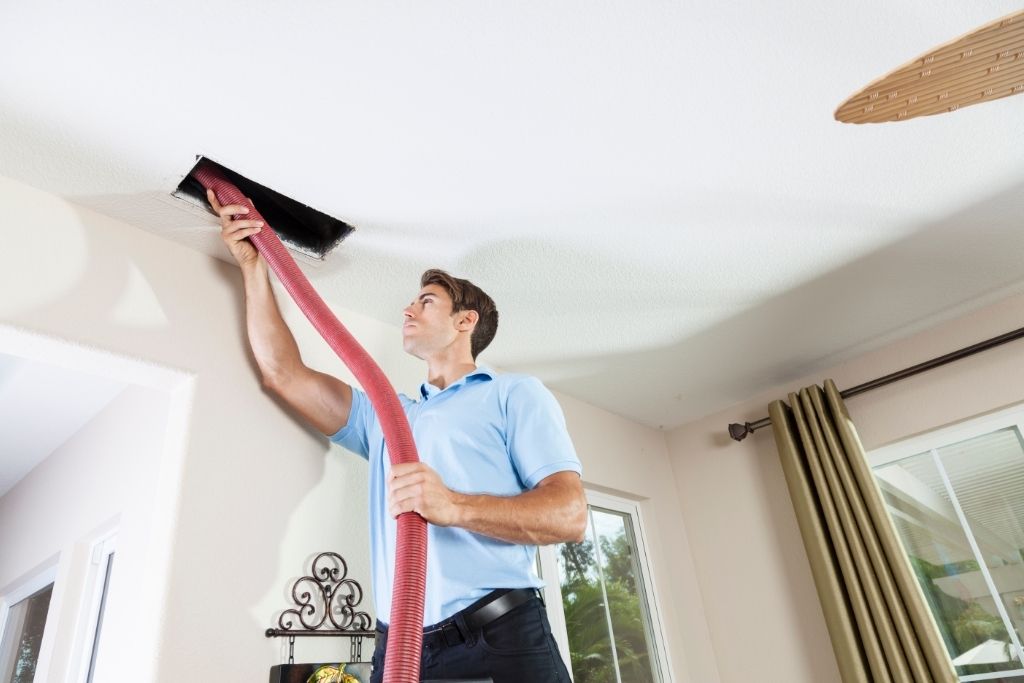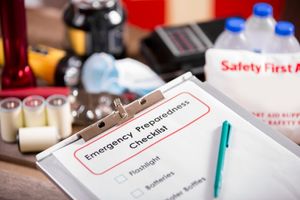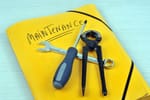Fall is the perfect time for you to begin winterizing your house to prepare for the coming cold season, which is just before the temperature hits below the freezing point.
Taking this proactive approach spares you from high heating expenses, equipment repair, and, of course, chilly days and nights.
I highly advise you to not wait until the last minute to prepare your home for the winter months, because the temperature in many parts of the world hits below the freezing point.
Here are five parts of your house you should inspect.
You can manage some of the tasks on your own as little DIY projects; although in some cases you’ll need to hire a professional to do some of the work, which should be well worth the cost.
Let’s talk about those 5 areas that you should winterize immediately…
1)) Fireplace
Your fireplace is one part of the house that can help you get through all winter, so get it ready very early on.
Start with the chimney. You can have a certified chimney sweep to do an inspection and remove anything that might have been trapped in the chimney, usually balls, birds, and who knows what else has found its way up there.
To prevent any foreign objects from getting into the chimney, you can protect them with a cap or screen.
The woodstove should also be thoroughly cleaned of creosote and, as advised by experts, have glass doors that must be kept closed when the stove is not in use.
Inspect the fireplace damper as well and, like the woodstove, it should be closed when not in use.
Then, start collecting firewood and store them in a secure, dry place.
2)) Furnace
The inspection and cleaning of the furnace require a professional from a heating and Air company, which typically costs about $100 depending upon where you’re located.
The experts recommend replacing furnace filters monthly if you use them frequently or at least after every six months with infrequent use.
An old and dirty filter obstructs the airflow, inevitably affecting its performance. Although it is rare, it can potentially cause a fire.
It is said that running your furnace with a dirty filter for long periods of time such as years can destroy the motor.
Why put yourself in a position where you have to replace the entire furnace motor when you could simply swap out a $20 filter?
Also, consider the possibility of buying a new furnace if yours is quite old; say more than 10 years old, and in need of constant repair.
Remember, an inefficient and malfunctioning furnace pumps up the heating costs.
3)) Doors
You wouldn’t want cold air to come gushing from your door, so winterize your door by sealing any cracks and installing weatherstripping on the sides and tops of the doors and door sweeps on their bottom.
Cracks in your home are the number one way to lose hot air in the winter and cool air in the summertime.
So, plug up those holes that cause your home to be non-energy efficient, starting with your doors.
4)) Roof
Inspect your roof for missing tiles, shingles, or nails. Check for any damage to flashings and metal plates.
See if any caulking is needed.
In general; you want to do an overall check of your roof to inspect for anything that may cause problems down the road.
Have several professionals inspect your roof for the following reasons:
- Safety
- Compare the inspection reports to reduce the chances of getting ripped off
- Get a better price using a mini-bidding war strategy
If it is, you need to have professionals fix the roof and replace any worn-out parts.
If there is one thing that will protect the whole house from winter, it is your roof, so make sure it can withstand the whole season.
5)) Gutters
Your first concern is to check if the gutters are securely and firmly fastened to the roof. If they are not, immediately call a roofing professional to fix the problem.
Then, clean the gutters and remove leaves and other debris that have fallen into the gutters.
Hose them down if necessary.
Check if the gutters have leaks and if the downspouts are efficiently driving water away.
If you have the budget, you should consider having gutter guards installed, which will keep most of the debris out.
Gutter guards come in 3 main types; mesh, screen, and reverse curve.
The guards will pay for themselves in terms of not having to spend your time climbing on a ladder, which could be dangerous, or paying a service provider to come out to clean the gutters for you.
Conclusion
I’ve provided you the five main parts of your house that you should winterize, but keep in mind there are several other areas that can be inspected and prepped.
Areas such as inspecting your pipes to avoid bursting, checking the insulation throughout your home, searching for cracks and leaks, and a laundry list of others.
Remember, your house should be prepared inside and out, so check every nook and cranny.
Inspecting and winterizing your home would not only help you against the winter ahead, but it can also help you reduce your fuel costs.
Unchecked and non-properly maintained parts of your home could also cause safety issues and at the same time increase your maintenance cost.
For any winterizing that requires you to put yourself in a potentially dangerous situation, such as climbing a ladder, you may want to consider hiring a professional to avoid injuries or possible death.
As a reminder, I recommend that you begin the process of winterizing your home during the fall season to ensure it’s prepared for the cold weather.
Start the winterizing process today!
Download Our Free E-book!







